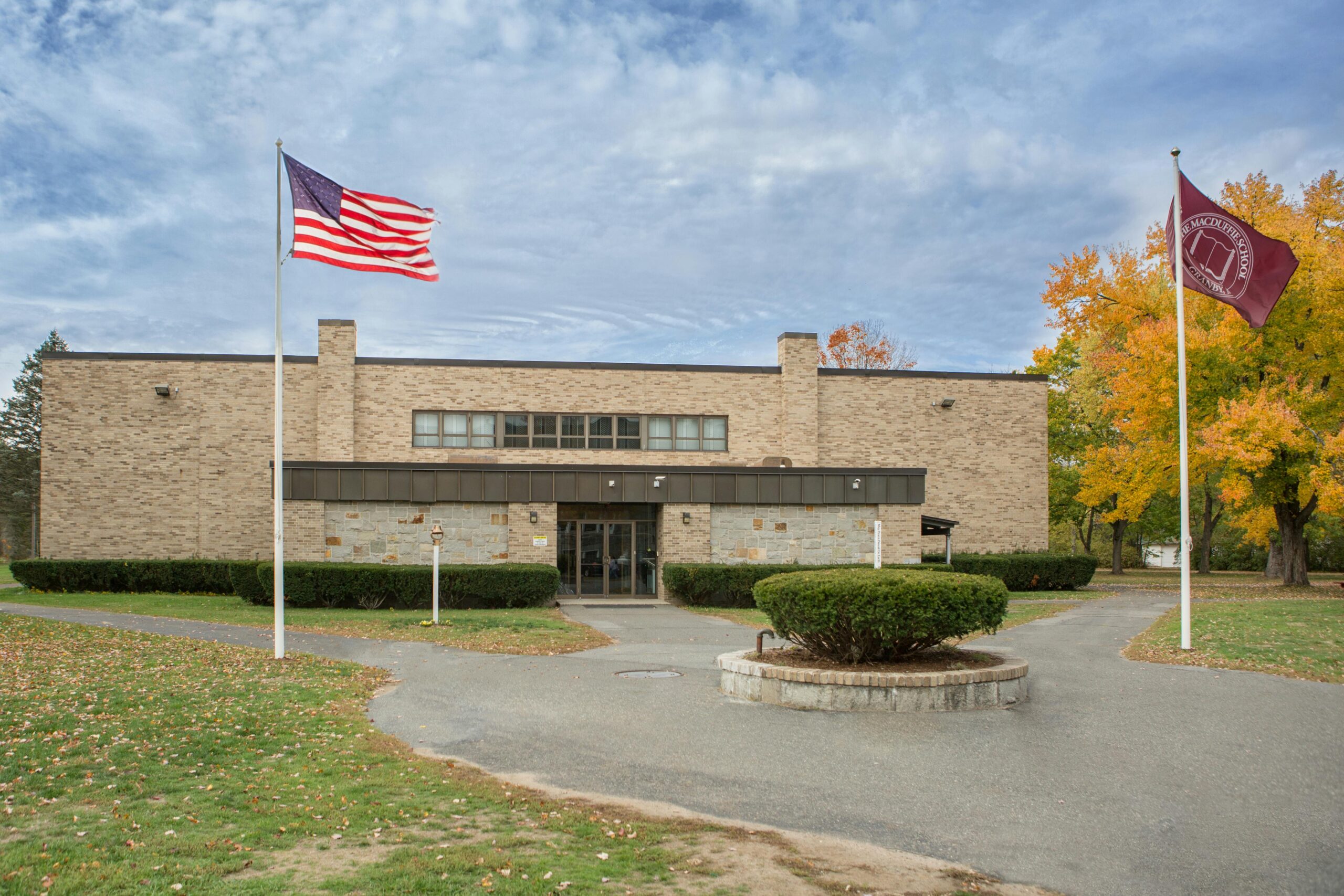State Report Finds Two-Thirds of SDA Districts Lack Adequate School Facilities

Advocates Call for Immediate Action to Fund Critical School Construction Projects
A recently released report by the New Jersey Department of Education (DOE) reveals that the majority of Schools Development Authority (SDA) districts—formerly known as Abbott districts—do not have sufficient space to meet student needs, highlighting an ongoing crisis in school infrastructure.
The report, Educational Facilities Needs Assessment and Prioritization of School Facilities Projects for SDA Districts (EFNA), found that two-thirds of the 31 SDA districts have significant capacity shortfalls and/or provide less square footage per student than required by the state’s Facilities Efficiency Standards (FES), which define the instructional and administrative space needed to support student success under New Jersey’s curriculum requirements.
Using enrollment data from the 2023-2024 school year, the EFNA analyzed overcrowding and space deficiencies across three grade bands: PreK–5, Grades 6–8, and Grades 9–12. Key findings include:
- A total of 19 of the 31 SDA districts have deficient capacity and/or provide fewer square feet per student than prescribed in the FES for one or more grade groups;
- Elizabeth has the most severe overcrowding and FES space deficiencies across all grade levels;
- Bridgeton, Garfield, Irvington, New Brunswick, Newark, Orange, and Union City face both overcrowding and inadequate space in at least one grade group;
- Paterson, Perth Amboy, Plainfield, West New York, Union City, and Vineland rank among the districts with the lowest square footage per student.
The EFNA also identifies the two or three most critical educational facilities projects in each district based on the EFNA findings and each district’s Long-Range Facilities Plan. The list of projects reflects both urgent capacity needs and buildings that need to be replaced due to age and condition.
The DOE is mandated to conduct this assessment every five years under the Educational Facilities Construction and Financing Act. The findings are used to inform a statewide prioritization plan, developed jointly by the DOE and the SDA with input from school districts, that determines the order in which construction projects should move forward. In addition to the EFNA’s data on capacity and square footage deficiencies, the prioritization plan also considers building conditions and other construction-related factors.
According to ELC Attorney Theresa Luhm, the report raises major concerns about the State’s ability to respond to the problem.
“The EFNA clearly identifies widespread and urgent capacity issues in the SDA districts, but the State has almost no resources left to address them,” Ms. Luhm said. “The funds allocated in the FY22 and FY23 state budgets are already committed to existing projects.”
“The report makes clear the enormous unmet need in the SDA districts and the pressing need to address overcrowding and educational adequacy,” said Nikki Baker, coordinator of the Healthy Schools Now Coalition. “We urge the Governor and Legislature to make school facilities funding a top priority in the FY26 state budget currently under consideration.”
Robert Kim, Executive Director of the Education Law Center and lead counsel in the Abbott v. Burke litigation, warned that failure to act could bring renewed legal challenges: “The Governor and legislative leaders have a legal obligation to students stuck in overcrowded and deficient school buildings. Continued inaction will inevitably lead to additional Court intervention.”
Related Story:
ELC URGES NJ LEGISLATORS TO FUND SCHOOL CONSTRUCTION PROGRAM TO MEET EXTREME NEED
Press Contact:
Sharon Krengel
Director of Policy, Strategic Partnerships and Communications
skrengel@edlawcenter.org
973-624-1815, x240